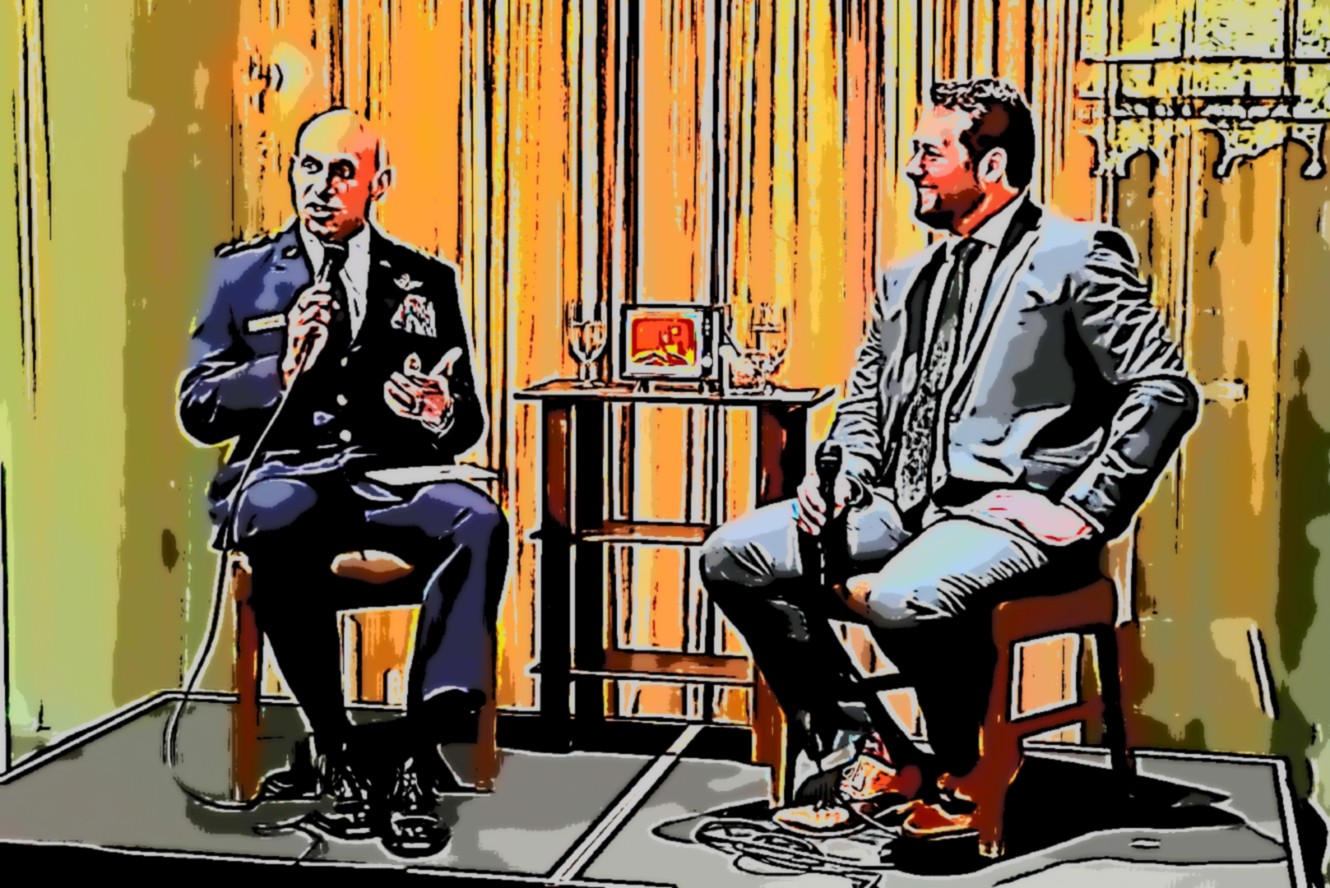
- Select a language for the TTS:
- UK English Female
- UK English Male
- US English Female
- US English Male
- Australian Female
- Australian Male
- Language selected: (auto detect) - EN
Play all audios:
Regulation of the blood pressure is a vital physiological process enabling the body to respond to immediately changing demands such as ‘fight or flight’, or resting ABSTRACT LOWRY M ET AL
(2016) Orthostatic hypotension 2: the physiology of blood pressure regulation. _Nursing Times_; 112: 43/44, 17-19. In response to certain situations, a series of actions take place in the
body that can either raise or lower blood pressure. It is vital that nurses understand these actions and why they take place. This second article in a two-part series on orthostatic
hypotension covers the anatomy, physiology and regulation of blood pressure. Part 1 highlighted how the condition is linked to falls, why it occurs, who is at risk and how it can be
identified and managed. AUTHOR: Mike Lowry is former lead for clinical skills and simulation at The School of Nursing, University of Bradford; Julie Windsor is patient safety clinical lead –
medical specialties/older people at NHS Improvement; Sarah Ashelford is former lecturer in biosciences at The School of Nursing, University of Bradford. * This article has been double-blind
peer reviewed * Scroll down to read the article or download a print-friendly PDF here * Read part 1 of this series here INTRODUCTION In healthy people, each heartbeat forms a pressure wave
that travels down the arterial system. The peak of the wave occurs during systole when blood is under pressure from cardiac contraction making the arterial wall expand. During diastole –
when the heart is briefly relaxing – the arterial walls recoil, delivering a pulse (Lowry and Ashelford, 2015). Systemic circulation (Fig 1, attached) provides oxygenated blood to all organs
in the body. It is essential that this blood supply is maintained at all times. After perfusing the organs, blood is returned to the right atrium of the heart through the systemic venous
system. Blood pressure (BP) adapts according to altered needs. For example, when an increase is needed due to altered demands – such as in a ‘fight or flight’ response – BP increases quickly
until either the demand changes or needs for increased pressure are fully met. Conversely, when less pressure is needed to ensure adequate supply of blood – for example, at rest – BP
reduces to its normal resting value. These rapid, short-term adjustments to BP are controlled by the autonomic nervous system (ANS) through the baroreceptor reflex. BLOOD PRESSURE REGULATION
BP is the result of: * Cardiac output (CO): the volume of blood that is pumped out of the left ventricle per minute; * Systemic vascular resistance (SVR): the total resistance opposing
blood flow within the systemic circulation. This can be written as BP = CO x SVR. CO is a major factor determining BP; however, as blood flows into the arterial system it meets resistance
(in the form of friction) from contact with blood vessel walls. The main resistance to blood flow occurs in the arterioles, which are smaller vessels formed from the branching of arteries;
they are referred to as resistance vessels (Tortora and Derrickson, 2014). Resistance from all blood vessels in the systemic circuit combines to produce the SVR, which increases BP in the
systemic arterial system. These two factors together – CO and the SVR – generate actual BP in the systemic arterial system. ROLE OF AUTONOMIC NERVOUS SYSTEM CO and SVR are adjusted on a
moment-by-moment basis to ensure BP meets the body’s needs. CO is the product of heart rate and stroke volume, which can be represented as CO = HR x SV. Heart rate is the number of
heartbeats per minute and can be measured by assessing the pulse, which is regulated through the ANS (Lowry and Ashelford, 2015). The heart has a dual nerve supply from the two branches of
the ANS: sympathetic and parasympathetic. Increasing sympathetic stimulation to the heart increases the heart rate and the force with which it contracts. This leads to an increase in stroke
volume, producing an increase in CO. The same increase in heart rate and force of contraction occurs in response to increased levels of the hormone adrenaline. These effects occur, for
example, during exercise or a ‘fight or flight’ response. The force with which the heart contracts also depends on the volume of blood returning to it. Increased force of contraction of the
heart is often felt as palpitations and can lead to a feeling of anxiety. Decreases in heart rate occur through decreasing sympathetic activity and reductions in circulating levels of
adrenaline. Increasing the parasympathetic stimulation to the heart reduces the heart rate. The sympathetic and parasympathetic actions oppose each other and allow the heart rate to be
‘fine-tuned’. VASOCONSTRICTION The main factor influencing SVR is the diameter of the arterioles, which are supplied with sympathetic nerve fibres that, when stimulated, cause the smooth
muscle in the wall of the arterioles to contract. Contraction of the smooth muscle causes the arterioles to constrict. This is an example of vasoconstriction (Fig 2, attached), which
increases the resistance to the flow of blood and, therefore, increases SVR. It is an important way of increasing BP and, again, will occur during exercise or a fight or flight response,
when increased BP is needed. ROLE OF VENOUS RETURN The volume of blood returning to the heart is called venous return. If this increases, more blood returns to the heart, stretching the
myocardium (muscle making up the wall of the heart). The more the myocardium is stretched, the more forcefully it contracts – an increase in venous return causes an increase in stroke volume
and CO. Increases in venous return are important during exercise, when skeletal muscles contract more often and forcefully. This squeezes blood in the veins and results in a greater volume
of blood returning to the heart. In contrast, if there is loss of blood through haemorrhage, it will result in decreased blood volume and a decrease in venous return. This is why BP drops
after significant blood loss. Understanding the physiology underlying BP is vital to understanding the baroreceptor reflex and its importance in BP control. THE BARORECEPTOR REFLEX This is
an autonomic reflex that acts to maintain BP in the short term and, in particular, in response to changes in posture, such as when moving from sitting or lying down to standing, when gravity
can cause BP to fall. The baroreceptors are receptors located in the walls of the arteries at the carotid sinus and aortic arch. They act as pressure sensors, detecting changes in arterial
BP through the stretch of the arterial wall. When BP rises, arterial walls are stretched more and the baroreceptors are stimulated to fire more frequently. If BP drops, the stretch of the
arterial walls decreases and the baroreceptors fire less frequently. The nerve impulses pass from the baroreceptors to the medulla in the brainstem where nerve centres regulate activity of
the sympathetic and parasympathetic nerves. A sudden decrease in arterial pressure will decrease baroreceptor firing, increase the sympathetic outflow and decrease the parasympathetic
outflow. These changes will cause vasoconstriction of the arteries and arterioles, which increases SVR. Sympathetic outflow to the heart causes an increase in heart rate and force of
contraction, increasing CO. Increased systemic vascular resistance and increased CO together raise the BP. In contrast, if the BP increases, the baroreceptors will be stimulated to fire more
frequently. The medulla will respond by increasing parasympathetic output and decreasing the sympathetic output. This will result in a decreased CO and systemic vascular resistance and,
thus a drop in blood pressure. The following are clinically relevant situations in which the baroreceptor reflex may be compromised. ORTHOSTATIC HYPOTENSION Orthostatic hypotension occurs
when there is a sudden drop in BP due to a change in a person’s position. On moving from sitting to standing, or from lying down to standing, gravity acts on the vascular system to reduce
the volume of blood returning to the heart and blood pools in the leg (Fig 3, attached). The lower venous return reduces the volume of blood that is available to pump out of the heart, which
causes a drop in CO and a momentary drop in BP. This drop can be particularly marked when moving from lying down to standing and can increase the risk of falls (see part 1 of this series).
REDUCED BLOOD VOLUME Blood loss (haemorrhage) leads to lowered blood volume, which, in turn, reduces venous return and pressure, leading to hypotension. Dehydration due to reduced fluid
intake, increased fluid output or infections and medication such as diuretics will also reduce blood volume. CAROTID SINUS HYPERSENSITIVITY Carotid sinus hypersensitivity is an exaggerated
response to carotid sinus baroreceptor stimulation in the neck, resulting in dizziness, falls and/or syncope from transient diminished cerebral perfusion. Characterised by a sudden drop in
BP and/or pulse (ventricular pauses of >3 seconds and/or fall in systolic BP of >50mmHg), typical triggers include shaving, turning the head, extending the neck and wearing tight
collars. POSTPRANDIAL HYPOTENSION Postprandial hypotension (PH) or low BP after a meal is commonly defined as a decrease in systolic BP of 20mmHg or more, and observed within two hours after
meal ingestion. This can occur because eating diverts blood to the stomach and intestines to help with digestion, which, in turn, reduces venous return (as well as stroke volume and CO) and
lowers BP. A compromised baroreceptor reflex may not be quick enough to counter this drop in BP, so patients must be advised to take care when getting up after a large meal, especially if
they have been immobile for long periods. Along with orthostatic hypotension, PH can often occur in healthy people – usually there are very modest drops in BP and no symptoms. In older
adults, especially those with reduced autonomic and baroreceptor responses, this may cause falls, syncope, dizziness and fatigue (Jansen et al, 1995). Patients with confirmed PH should eat
small, frequent meals that are light in carbohydrates. These patients may also need extra support after meals to ensure they mobilise safely. Given the potential prevalence of this condition
among hospital inpatients, nurses should review and take into account the timing of routine observation rounds, which typically occur within two hours of mealtimes. VALSALVA REFLEX The
Valsalva reflex or manoeuvre is a sudden rise then drop in BP occurring when a person strains to open their bowels and can, in some cases, lead to vasovagal syncope (fainting). While
straining, exhalation with a closed mouth, nose or glottis occurs, which increases pressure in the chest cavity. This increase in thoracic pressure decreases venous return, which can
decrease the heart rate and therefore BP, leading to collapse. Analysis of a random sample of 200 falls reported to the National Reporting and Learning System showed that 15% occurred while
the patient was using the toilet or commode (National Patient Safety Agency, 2007). Although it is reasonable to assume that most of these falls occurred while the patient was trying to
attend to personal hygiene, nurses need to be mindful of the potential for vasovagal episodes in these circumstances. CONCLUSION BP is a vital bodily function and nurses need to understand
its anatomy and physiology to assess the risks of blood pressure becoming too high or too low and to then take the necessary precautions to reduce risk of harm to the patient. BOX 1.
GLOSSARY DEFINITIONS * Adrenaline – hormone, also called epinephrine, produced by the adrenal gland to prepare the body for fight or flight * Arteriole – small blood vessels formed from the
branching of arteries * Baroreceptor reflex – coordinates changes in blood pressure * Cardiac output – volume of blood pumped out of the left ventricle per minute * Diastole – period in the
cardiac cycle when the heart refills with blood * Orthostatic (postural) hypotension – sudden drop in blood pressure that occurs after posture change, such as from lying down to standing *
Vasovagal syncope – fainting caused by a sudden drop in heart rate and BP * Stroke volume – volume of blood ejected by the left ventricle with each contraction * Sympathetic and
parasympathetic nervous systems – the two branches of the autonomic nervous system * Syncope – loss of consciousness caused by a fall in blood pressure * Systemic circulation – circulation
from the left ventricle of the heart into the aorta and systemic arteries * Systemic vascular resistance – total resistance opposing blood flow within the systemic circulation * Systole –
period in the cardiac cycle when blood is pumped out of the heart * Valsalva reflex – sudden rise and drop in blood pressure occurring when a person strains, for example when opening one’s
bowels * Venous return – veins return blood from the systemic circulation to the right atrium of the heart KEY POINTS * Blood pressure must be regulated – health problems occur if it is too
high or too low * Blood pressure can adapt to changing needs, such as increasing when people are in ‘fight or flight’ mode or decreasing at rest * The autonomic nervous system controls
adjustments to BP through the baroreceptor reflex * Certain illnesses or medications can compromise the functioning of the baroreceptor reflex * Orthostatic hypotension can occur if BP does
not adjust quickly enough after a sudden change in posture JANSEN RW ET AL (1995) Postprandial hypotension in elderly patients with unexplained syncope. Archives of Internal Medicine; 155:
9, 945-952. LOWRY M, ASHELFORD S (2015) Assessing the pulse rate in adult patients. _Nursing Times_; 111: 36-37, 18-20. NATIONAL PATIENT SAFETY AGENCY (2007) Slips, Trips and Falls in
Hospital. TORTORA GJ, DERRICKSON BH (2014) Principles of Anatomy and Physiology. Hoboken, NJ: Wiley.







:max_bytes(150000):strip_icc():focal(403x764:405x766)/cow-rescued-from-well-1-8e8969642c494c36a73bf150f10c9260.jpg)

